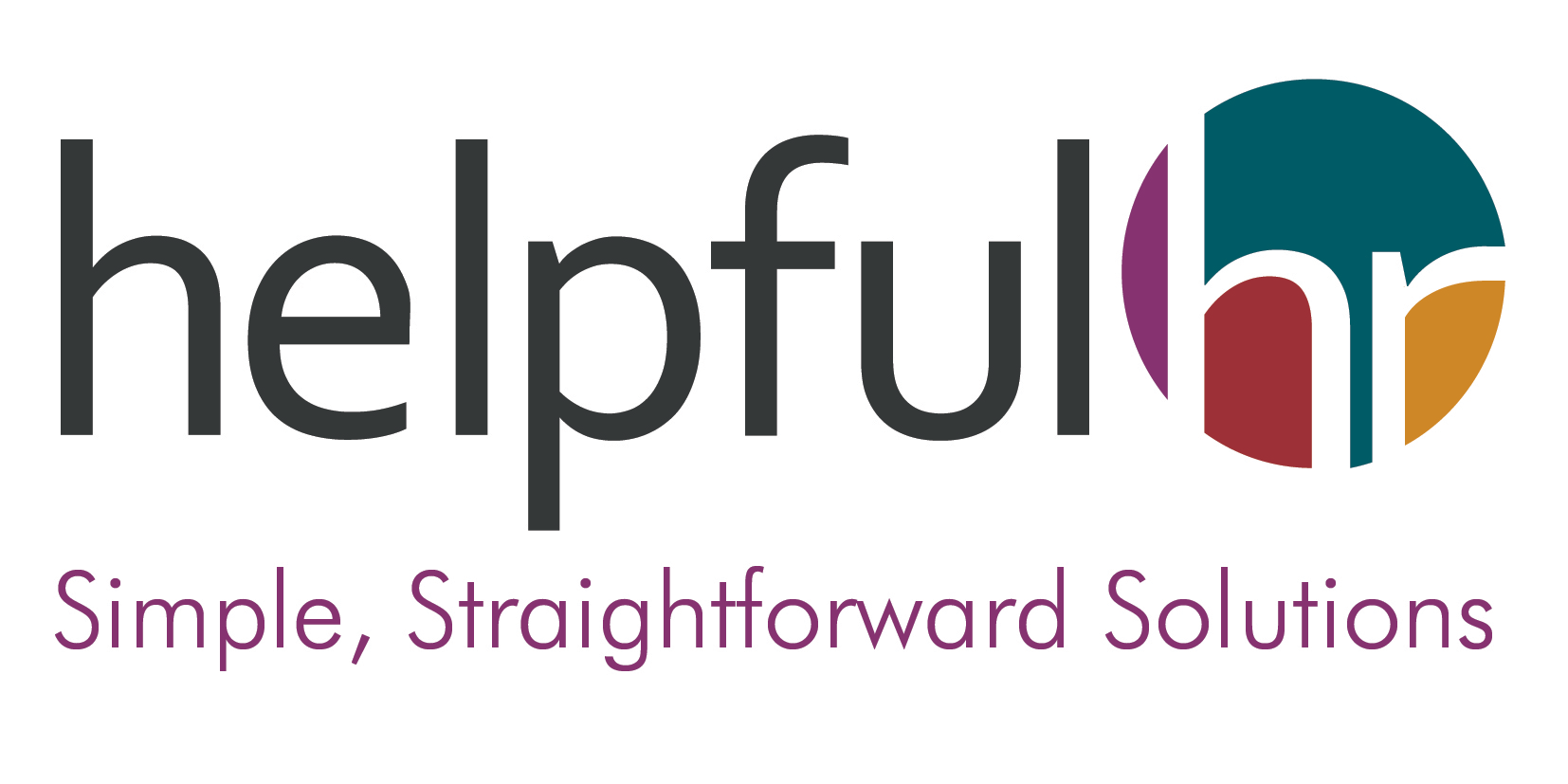Stephen Covey’s The 7 Habits of Highly Effective People® has been referenced over many years. First published in 1989, it’s been reissued multiple times since then, and has been adapted / spun out in to targeted versions, for example focussing on teenagers, families, journals, workbooks and card decks. He continued to release books up to a year before he passed away in 2012, leaving a legacy of effective leadership principles.
What’s it about?
Covey seems to have had a genuine wish to help others and lead by example by closely following the principles of the habits himself. He provides practical advice, which requires us to look inside ourselves. Reading the habits, we may already find that we’re on the right track.
What are the 7 habits?
There’s much more to the habits in the book, however here is a flavour of the 7 habits:
Habit 1: Be Proactive®
Take responsibility for your life. This habit encourages us to move away from blaming external factors and responding to them in a reactive way. We should use proactive language; I will, I can etc. and our energy should be focussed on things we can control. The first step is to build awareness of where we expend our energy now, so we can develop into a more proactive approach.
Habit 2: Begin With the End in Mind®
We will not feel successful, if we achieve things which are not where we wanted to end up. We need to focus on what we want, and how we want to live, and then use the 1st Habit of proactivity to get there.
Habit 3: Put First Things First®
This is where the 1st and 2nd Habits come together, and we can make decisions about what we will and won’t do. We don’t have to do everything, it’s about choosing proactively what you will do, and prioritising accordingly. These decisions will be made based on our purpose, values and role, with the end in mind.
Habit 4: Think Win-Win®
Be co-operative and collaborative. It’s a mindset which means that we seek mutual benefit with our solutions. Covey identifies 3 character traits; Integrity, Maturity and Abundance Mentality (believing there is plenty for everyone). It doesn’t have to be either / or, both parties can ‘win’. Further character traits identified are empathy, confidence, consideration, sensitivity and bravery, which all underpin real Maturity.
Habit 5: Seek First to Understand, Then to Be Understood®
Communication is key, but this Habit is more focussed on listening, and really understanding others. We all want to get our point across, but in doing so we may not listen to the other person properly. This means we may miss their meaning or make assumptions, based on our own point of view.
Habit 6: Synergize®
This is about teamwork, being openminded and finding new solutions. This is best done with multiple contributors who all bring different insights and experiences. The principle of ‘the whole is greater than the sum of the parts’ is in play here. Valuing differences is important to achieve synergy. It might feel uncomfortable initially, as there may be disagreements, but the outcome will be more interesting and successful.
Habit 7: Sharpen the Saw®
This means preserving and enhancing ourselves in 4 different areas of life: physical, social/emotional, mental and spiritual. We need to grow in each of these areas, for example through healthy lifestyle choices, making social connections, reading, learning, spending time in the natural world, music and art. By growing in these areas we become more able to deal with challenges, grow and continue to build on the other 6 Habits.
Although a lot of focus of adopting the 7 Habits has been on implementing these principles in leadership and management, they can apply to all of us. After all, the title of the book is simply to make us highly effective people, whether you’re a junior executive or business owner. If you’re new to a leadership role, read one of our previous blogs to get some practical leadership tips.

Recent Comments